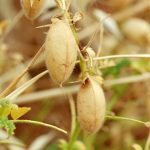With harvest in the home stretch in southern regions, thoughts turn to cropping plans for next year. In the typically drier brown and dark brown soil zones, more chickpeas will be seeded next spring. Chickpeas don’t get a lot of attention because they aren’t a widespread cropping choice. The Saskatchewan Crop Insurance Corp. will only […] Read more
Tag Archives Chickpeas
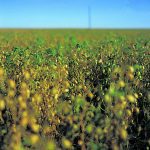
Chickpeas could help make or break pea market
Canadian pea exports to India soar when the country is short of desi chickpeas, and Australia is looking at a bumper crop SASKATOON — The yellow pea market hinges on one key factor this year, says an analyst.“The outlook is 80 per cent political, 20 per cent fundamental,” said Greg Kostal, president of Kostal Ag […] Read more

Wealth of chickpeas will affect export market
SASKATOON — The United States could be sitting on a massive stockpile of kabuli chickpeas by the end of the 2024-25 crop year, says an analyst. Farmers in that country planted 529,900 acres of chickpeas, a 42 percent increase over the previous year, according to the USDA’s Farm Service Agency. Related stories: The breakdown by […] Read more
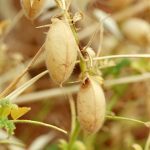
Chickpeas galore in Australia could impact yellow pea prospects
SASKATOON — Australia’s desi chickpeas could provide stiff competition for Canada’s yellow peas in India this year. Farmers Down Under could be harvesting a massive crop based on early-season expectations. Related stories: The Australian Bureau of Agricultural and Resource Economics and Sciences (ABARES) is forecasting 1.15 million tonnes of chickpea production in 2024-25. That would […] Read more

Chickpea outlook bright
SASKATOON — Canada’s chickpea crop is off to a good start. “I’m new to the area, but what I’m being told by those who are veterans here, this is a good year, and it could lead to a pretty good outcome from a yield perspective on everything,” said Jake Hansen, general manager of Mid-West Grain. […] Read more

Will India open a second window for duty-free pea imports?
SASKATOON — The Indian government might have to consider opening a second window for duty-free yellow pea imports, according to a senior industry official from that country. “Maybe in the back end of the season,” Manek Gupta, managing director of Viterra India PVT Ltd., said during a recent webinar hosted by the India Pulses and […] Read more

Persistent crop estimate discrepancies lead to uncertainty
Sask. crop insurance acreage data is substantially different from Statistics Canada’s numbers for many small-acre crops
Pulse and special crops growers and traders should get used to significant discrepancies between federal and provincial agencies when it comes to gauging the size of the Canadian crop, says an analyst. The bulk of those crops are grown in Saskatchewan where the provincial government often seems at odds with Statistics Canada. “It’s going to […] Read more
Wild varieties may hold disease resistance key
Wild cousins of domesticated crops may hold the key to new genetic traits that could help crops thrive in various conditions or stave off diseases and insect pests.Sabine Banniza is a professor at the University of Saskatchewan where she holds the Ministry of Agriculture Strategic Research Program (SRP) Chair in Pulse Crop Pathology. She has […] Read more
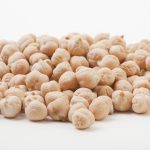
Canadian chickpeas face Russian headwinds
Russia accounts for about one-quarter of total global supply of the crop from the world's major origins, so it is a very large player. Canada is expected to produce 256,000 tonnes of chickpeas by comparison.
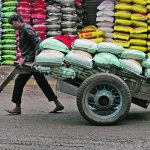
India lifts duty on U.S. peas and lentils
The U.S. was shipping 300,000 to 350,000 tonnes of pulses to India annually prior to the tariffs. That trade has completely evaporated.



